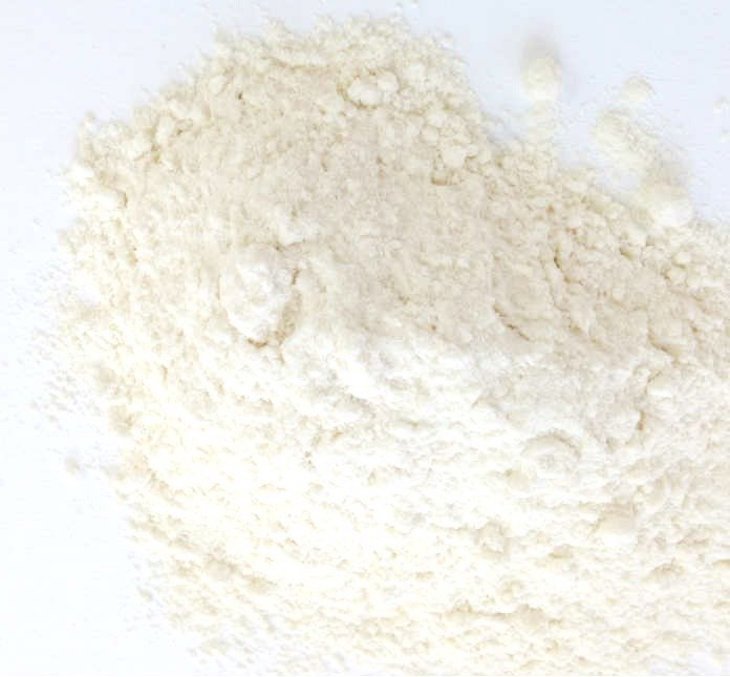Consumer knowledge about flour risks lags behind reality, according to a research article published in the International Association for Food Protection. The research finds that consumers do not consider flour a high risk for bacterial contamination, but flour is a raw agricultural product and a source of outbreaks.

Six food poisoning outbreaks have been linked to wheat flour and flour products in the U.S. and Canada since 2009. Those outbreaks have sickened at least 200 people with Salmonella and E. coli bacteria.
In 2019, an E. coli O26 outbreak linked to ADM Milling flour sickened at least 21 people in 9 states. The flour brands that were recalled in association with that outbreak included Pillsbury bread flour, ALDI Baker’s Corner, and King Arthur flour. And in 2016, an E. coli O26 and E. coli O121 outbreak linked to General Mills flour sickened at least 63 people in 24 states.
In the study, online surveys were conducted to study consumers’ flour handling practices and knowledge about flour food safety. It also evaluated the effect of three food safety messages to help consumers handle flour safely.
Consumers expect flour to be safe, most likely because it doesn’t seem like a food that would harbor pathogens. Participants in this survey did know that raw meats, poultry’s and eggs should be handled carefully and cooked thoroughly. In this survey, 1045 consumers completed the questions.
Most of the participants stored their flour in sealed packages, but fewer than 1% kept a record of lot numbers, and fewer than 11% kept brand name information or expiration dates. Eighty-five percent of consumers were unaware of flour recalls or outbreaks, and only 17% thought they would be affected by flour recalls or outbreaks. If a flour recall affected a brand those consumers purchased, almost half would buy the same product from a different brand before they started buying the recalled brand.
More problematically, 66% of those consumers said they ate raw cookie dough or batter, but in a nationwide survey, only 27% of consumers overall said they ate raw cookie dough. These people were more difficult to convince than nonvoters to avoid eating and playing with raw flour. And food safety messages made less of a difference with raw flour eaters.
The flour industry has developed consumer information materials. Messages explaining why a practice was recommended were more effective than just listing the food safety rules. And consumers preferred that messages about flour safety be placed at an obvious location, such as in the middle of a package.




